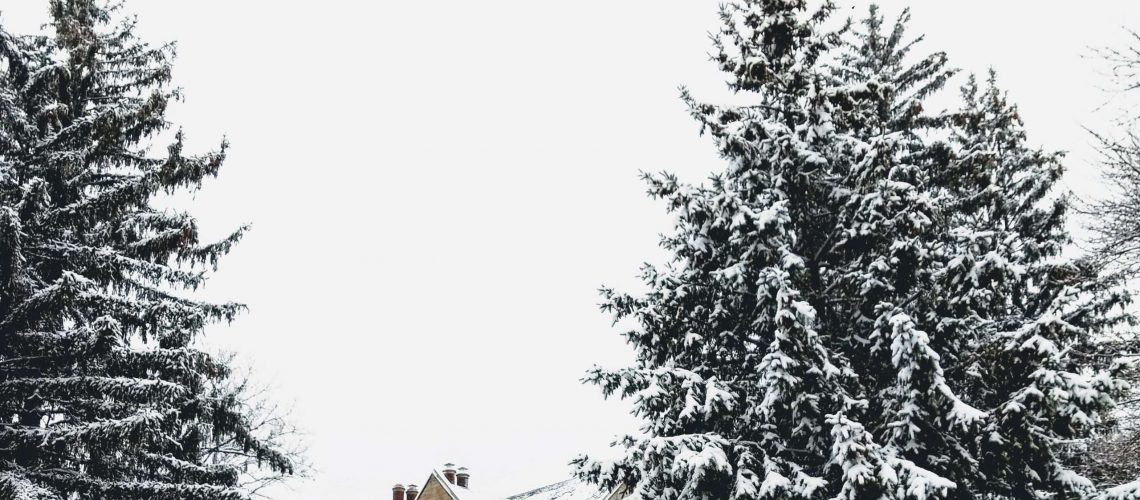It may not seem like it, but trees can have a hard time getting through the long, cold winter. To help protect your evergreen trees from winter injuries such as winter burn, you can either call in a tree specialist or give these suggestions a try.
What causes winter burn?
Winter burn, or winter injury, happens on those beautiful sunny days with above-seasonal temperatures. While this weather can be a welcome respite for humans and animals, it can be a recipe for disaster for evergreens. High winds and warm temperatures work together to strip coniferous tree’s needles of their moisture, causing them to become dry and brittle.
Normally, evergreens suck up water from their roots to replace moisture loss. However, the frozen ground prevents them from replenishing. This dryness causes evergreen’s needles to turn brown, giving it the name—winter burn.
How to prevent and treat winter burn
While we cannot control the weather, there are steps we can take to maintain and help protect evergreens from getting winter burn.
Preventing winter burn
- Give plenty of water through the growing season so trees have stores of water in their branches and trunk before the ground freezes
- Wrap trees loosely in burlap to protect them from the direct sunlight
- Add extra mulch to the base of the trunk to help with moisture retention and lessen chances of the ground freezing around the roots
- Avoid pruning in late summer and autumn so the tree does not have to spend energy on re-growth
- Situate new plants out of wind zones
Despite our best preventative efforts, winter burn still may occur. When inspecting your plants in the springtime, you may notice some browning of your evergreen tree needles. A tree specialist will be able to help regain your tree’s health.
Treating winter burn
- Once the ground has thawed, give your trees extra helpings of fertilizer and water to jumpstart their healing process
- Wait until new growth has started before removing dead branches
- Add more mulch to retain moisture
- Remove heavily injured trees and shrubs with the help of a tree specialist to avoid them becoming magnets for infestations and disease
Luckily, winter burn does not often kill plants but it can definitely cause unsightly damage. Being proactive by applying extra mulch, extra water and wrapping evergreens in burlap can help give your evergreens a fighting chance against winter burn. If you need help preparing in the autumn or healing your evergreens in the spring, do not hesitate to call in a tree specialist.

